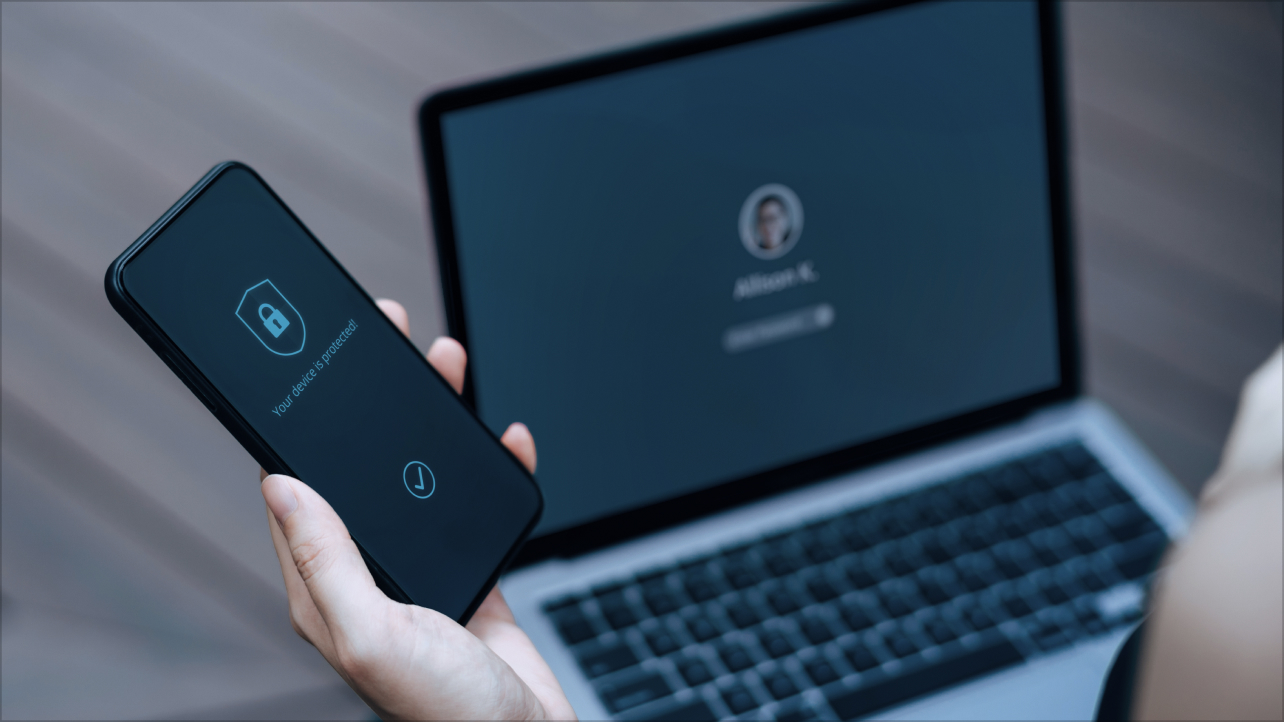World Password Day on May 5 may prompt organizations to examine their password policies and individuals to review their personal password use and management. In a world where passwords can be easily breached and even sold, it is more important than ever that we adhere to strong password security methodologies.
With these thoughts in mind, Secureworks® incident responders recommend the following best practices:
- Focus on password length rather than complexity. Historically, password policies encouraged users to create complex passwords composed of lowercase and uppercase letters, numbers, and symbols. The significant increases in password cracking, availability of cracking tools, and speed at which threat actors can break simplistic passwords have rendered these recommendations inadequate. In December 2021, the World Economic Forum reported that an 8-letter password containing one uppercase letter could be cracked in as little as 22 minutes. Ensuring that passwords are at least 16 characters in length, while maintaining the historical complexity recommendations, improves password strength. In addition, Secureworks incident responders recommend requiring a 127-character password for highly sensitive devices, information, or accounts (e.g., Windows service or administrator accounts).
- Choose a password that is easy to remember but hard to guess. It is difficult for individuals to remember long complex passwords, which can trigger them to reuse passwords across multiple accounts or write down the passwords. These poor password management techniques can increase risk of compromise. Passphrases (e.g., This is actually a Great Password!) are a better solution because they are often easier to remember. They can be song lyrics, catchphrases, or quotes from books or films that are meaningful to the user. Passphrases also tend to be longer than traditional passwords and therefore harder for a threat actor to crack.
- Supplement passwords with multi-factor authentication. Passwords are more secure than no protection, but they should not be the sole method for authenticating an identity or verifying access authorizations. Combining a password with multi-factor authentication (MFA) adds an additional layer of security and protection. It requires a minimum of two types of authentication, typically consisting of ‘something you know’ (e.g., a password), ‘something you have’ (e.g., an authenticator app or cyber token) or ‘something you are’ (e.g., biometrics). However, it is important to implement MFA correctly.
- Utilize ‘something you are’ more frequently. With many devices including cameras and other biometric readers such as fingerprint scanners, organizations and users can use ‘something you are’ more frequently as a method of authentication. Prior to relying on biometric readers for authentication, organizations should consider the following factors:
- Review any potential delays associated with processing a biometric authentication, as well as associated false acceptance and false rejection rates. An organization must be willing to accept the risks associated with falsely accepting or rejecting a submitted biometric.
- Choose a biometric option that is as universal and inclusive as possible. Employees may not have the same accessibilities, so an alternate approach may need to be considered.
- Liaise with appropriate HR, IT, and legal staff to ensure that any captured PII data is managed appropriately and adheres to governance and compliance requirements.
- Never store passwords in your browser. Many browsers offer to save your passwords when you browse sites. While this option may seem convenient, it is poor password management. Threat actors could access these saved passwords by manipulating cookies to steal credentials or stealing the actual device. Password management solutions such as KeePass or LastPass securely store and encrypt passwords and passphrases, making it far more challenging for a threat actor to gain access to them.
Threat actors regularly steal and exploit users’ credentials, so it is critical to use strong and secure passwords and authentication mechanisms to protect access to your data. In 2021, credential abuse was the second-most common initial access vector identified during Secureworks incident response engagements.
If you need urgent assistance with an incident, contact the Secureworks Incident Response team.
You Might also Like
Secureworks has been acquired by Sophos. To view all new blogs, including those on threat intelligence from the Counter Threat Unit, visit: https://news.sophos.com/en-us/.

